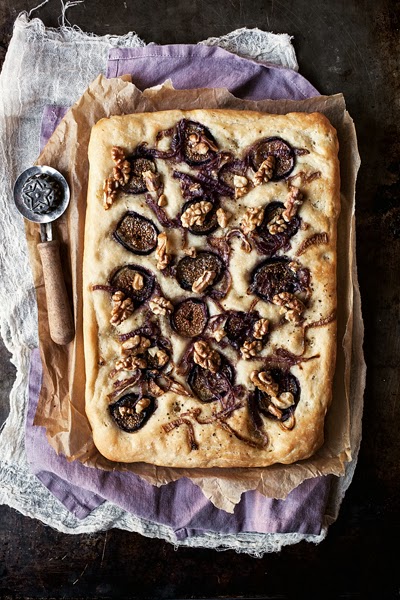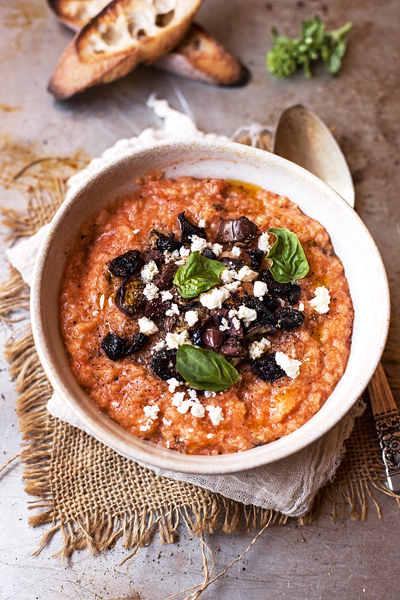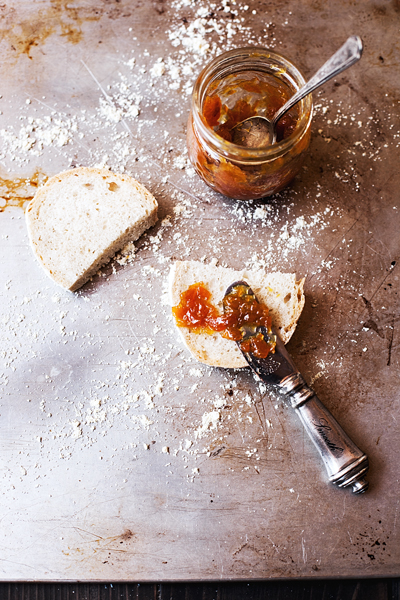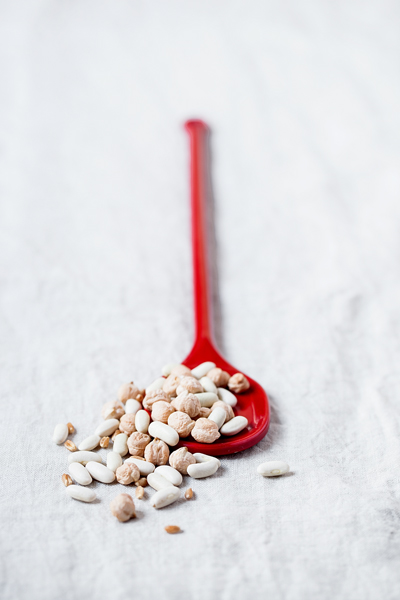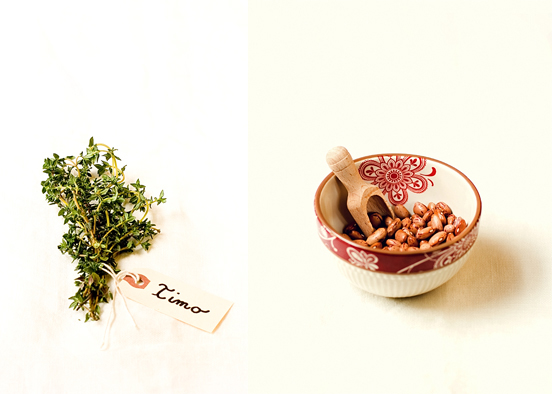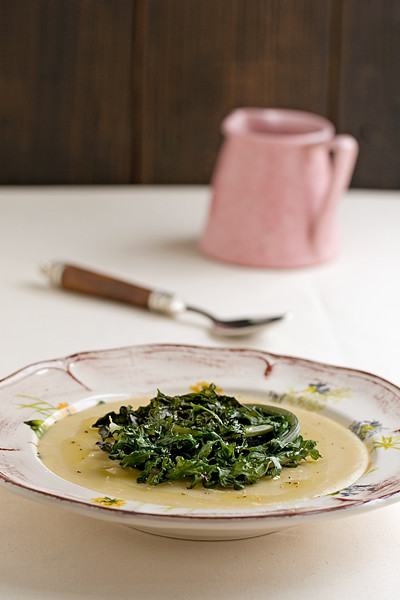
Living here day by day, you think it's the center of the world. You believe nothing will ever change. Then you leave: a year, two years. When you come back, everything's changed. The thread's broken. What you came to find isn't there. What was yours is gone. You have to go away for a long time... many years... before you can come back and find your people. The land where you were born. But now, no. It's not possible. Right now you're blinder than I am.
~ Philippe Noiret, Cinema Paradiso
Always yours is that friendship, the new one and the eternal one of the past; yours is the taste of bread and the red color of autumn. Yours are the people who get older, the solitude of the forest, the gloom and silence of the night; still yours are the stones, the trails and the comfort of the moon; yours is the soft kindness of the meadows, the sunset and the darkness of those days.
And the words, withered between the cracks of indifferent walls, the frozen phrases, tired by now, the angry and unexploded thoughts, more and more faded with time.
Coming back makes everything a bit nicer; you blow the dust away and discover how much tenderness there was in the innocent dreams of distant dawns. Mornings are still cold, but beautiful in October; things, slow and always the same, speak a familiar language yet a different one.
Coming back you wonder how long it took you to figure it out, or if it's true that we've all changed a little.

with Spelt Flour
for a round baking pan of 9" diameter
spelt flour 250 gr
type O flour 210 gr
corn starch 50 gr
baking powder 12 gr
lemon 1
cane sugar 200 gr
olive oil 60 gr
rice bran oil 60 gr
rice milk 125 gr
salt 1 pinch
jam as needed
powdered sugar to serve as needed
type O flour 210 gr
corn starch 50 gr
baking powder 12 gr
lemon 1
cane sugar 200 gr
olive oil 60 gr
rice bran oil 60 gr
rice milk 125 gr
salt 1 pinch
jam as needed
powdered sugar to serve as needed
In a bowl mix the flours with cornstarch, baking powder, salt and lemon zest. Make a well in the center and add sugar, olive oil, rice oil and milk. Start mixing the ingredients with a fork, and then knead with your hands until you get a homogeneous ball. Cover with plastic wrap and let stand in refrigerator at least 30 minutes.
Roll out 3/4 of the dough and place it in a round baking dish, greased with oil or lined with parchment paper. Prick the surface with a fork, then spread the jam over it (for me this one here, thankyouverymuch) and bake at 350 for 30-40 minutes until the tart crust gets golden brown. Allow to cool, and if you like, dust with powdered sugar before serving.
w.v.<3












